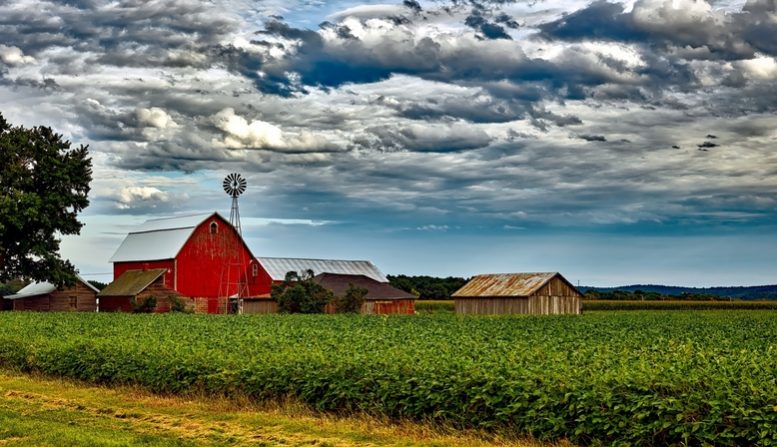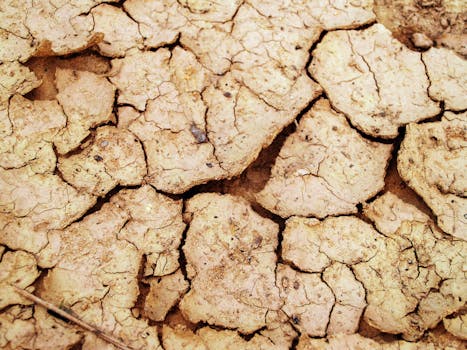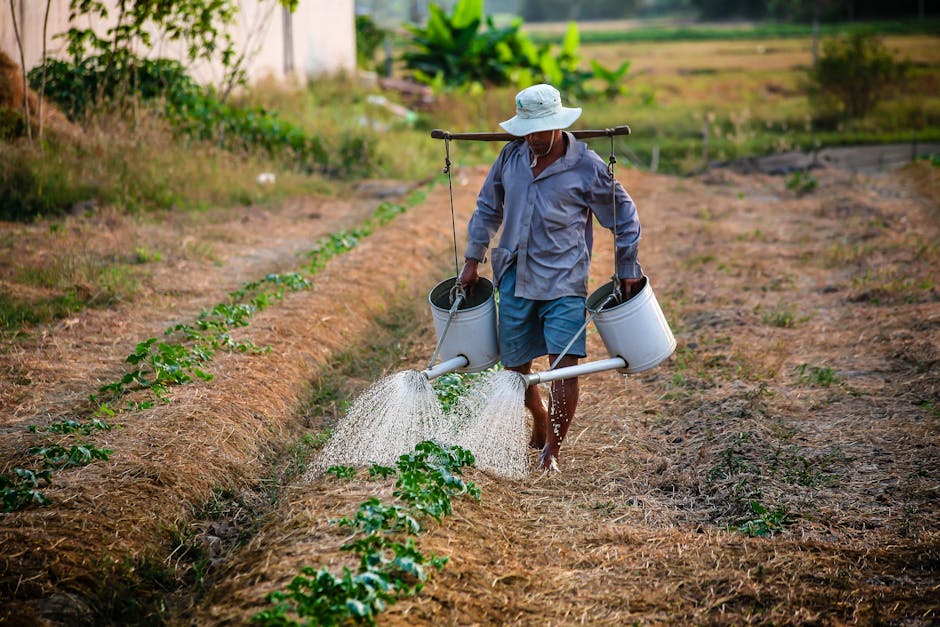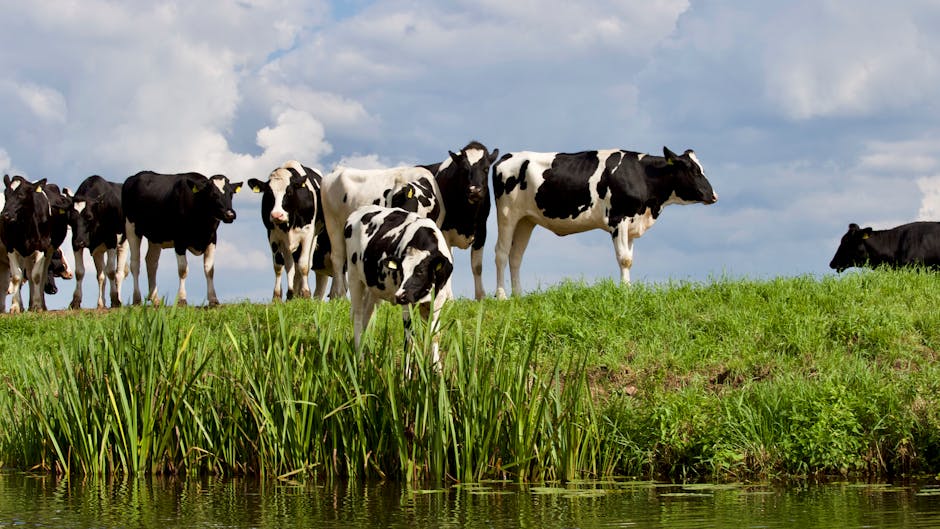Proper Agriculture Practices- 10 Principles of Food Sustainability
Last Updated on February 22, 2023
Hello FoodGrads! Last time we looked at the first principle as defined by the 10 Principles of Food Sustainability. These principles were created by Cheryl Baldwin, Vice President of Consulting Pure Strategies in order provide guidance in creating a more sustainable food system . As a reminder the first principle tells us that food should be safe and nutritious in order to promote a healthy population.
This week we are looking in depth at the second principle which is:
Agricultural production beneficially contributes to the environment while efficiently using natural resources and maintaining a healthy climate, land, water, and biodiversity
The problems with current agricultural methods
-
Climate
It is estimated that our food supply chain contributes to approximately one-third of anthropogenic green house gas (GHG) emissions. These green house gases come from various sources such as carbon dioxide from fossil fuel use, methane from livestock and nitrous oxide from fertilizers. The issue with GHGs is they have the ability to hold heat from the sun, trapping it rather than allowing it to escape out to space. Having more GHGs in the atmosphere lead to the more heat remaining the atmosphere and therefore an increase the overall climate.
-
Soil
Unfortunately, poor farming practices are responsible for the damage of 38% of all farmland. This can be attributed to how farmer’s are using heavy machinery, fertilization practices, the frequency of tillage and the application of chemicals. Furthermore, poor farming has led to a growing amount of land becoming unusable because it is too dry. It has been found that almost 15% of all land surfaces may already experiencing a degree of desertification.
Another problem with current agricultural practices is our use of fertilizers. Fertilizer is a type of material that is added to soils to supply plant nutrients to plants. The problem with fertilizers is that most are synthetic meaning that chemicals are added. Chemicals are added because they provide macronutrients to the plants in the form of nitrogen, phosphorus and potassium. In Canada about half of the total chemical nitrogen fertilizer used is for feed related to livestock which adds to CO2 emissions. In one study climate scientists found that in the mid-2000s that the dirt dwellers spew about one kilogram of the greenhouse gas for every 100 kilograms of fertilizer, or roughly 1 percent.
-
Biodiversity
In our effort to feed more of the earth’s population we have failed to help with the loss of biodiversity. Agriculture is considered one of the primary sources of biodiversity loss because agriculture production leads to habitat change, invasive species and climate change. Over half of the original wetlands of southern Canada has been lost, about 85% of them through agricultural land drainage. Chemicals from fertilizers travel to marshes causing pollution to the land and wildlife that live these containment posing a risk to their health. Wetlands are the habitat of about one third of wildlife species currently identified as endangered, threatened or rare.
The agricultural sector uses the most water worldwide and it doesn’t use it very efficiently. It is used for irrigation, pesticide and fertilizer application, crop cooling and frost control. According to the United States Geological Survey (USGS), water used in irrigation accounts for nearly 65% of the world’s freshwater withdrawals excluding power. Sometimes plants are over watered because there is not a strong understanding of crop types and their necessities. Alternatively, water can be wasted from inaccurate monitoring or irrigation scheduling.
How to improve the sustainability of agriculture
-
Rotating crops
One way to improve biodiversity and improve soil health is by planting a variety of crops. This includes inter-cropping (growing a mix of crops in the same area) and plant various crops over multi-crop rotations. Furthermore, crop rotation allows farmers to curb pest problem naturally. By growing different crops in succession in the same field the food supply and control pests.
When you imagine a field of crops do you also imagine animals grazing as well? There has been a growing body of evidence that smart integration of crop and animal production can be a recipe for more efficient farms. Having livestock living on pastures leads to reduced soil erosion, increased soil fertility, stored carbon, and provide habitat for beneficial organisms.
-
Protect the watershed
Farmers should invest in technologies and techniques that promote water-use efficiency such as improved irrigation systems, conservation agriculture and better allocation system systems. Drought-preparedness and mitigation through appropriate technologies including use of remote sensing, local weather forecasting and early warning information systems.
-
Improve knowledge
Programs should be created that allow farmers to share sustainable agricultural practices. This information should be readily accessible so that it can read in a variety of locations.
Author: Veronica Hislop Veronica is a Chemistry student studying at Ryerson University and loves looking at the science in the kitchen. She has a passion for bringing awareness to sustainability in the food industry. When Veronica is taking a break from her food endeavors you will find her at home reading a great novel and playing with her cats.
Subscribe to our newsletter for details on mentorship sessions, workshops, webinars, as well as career and job fairs across Canada and the US!





leave your comment